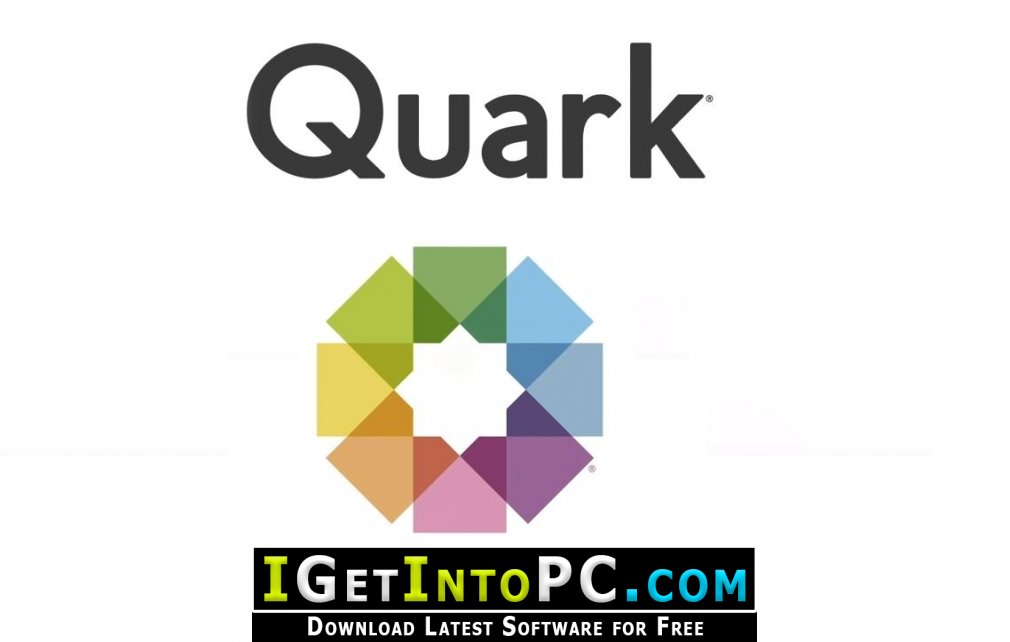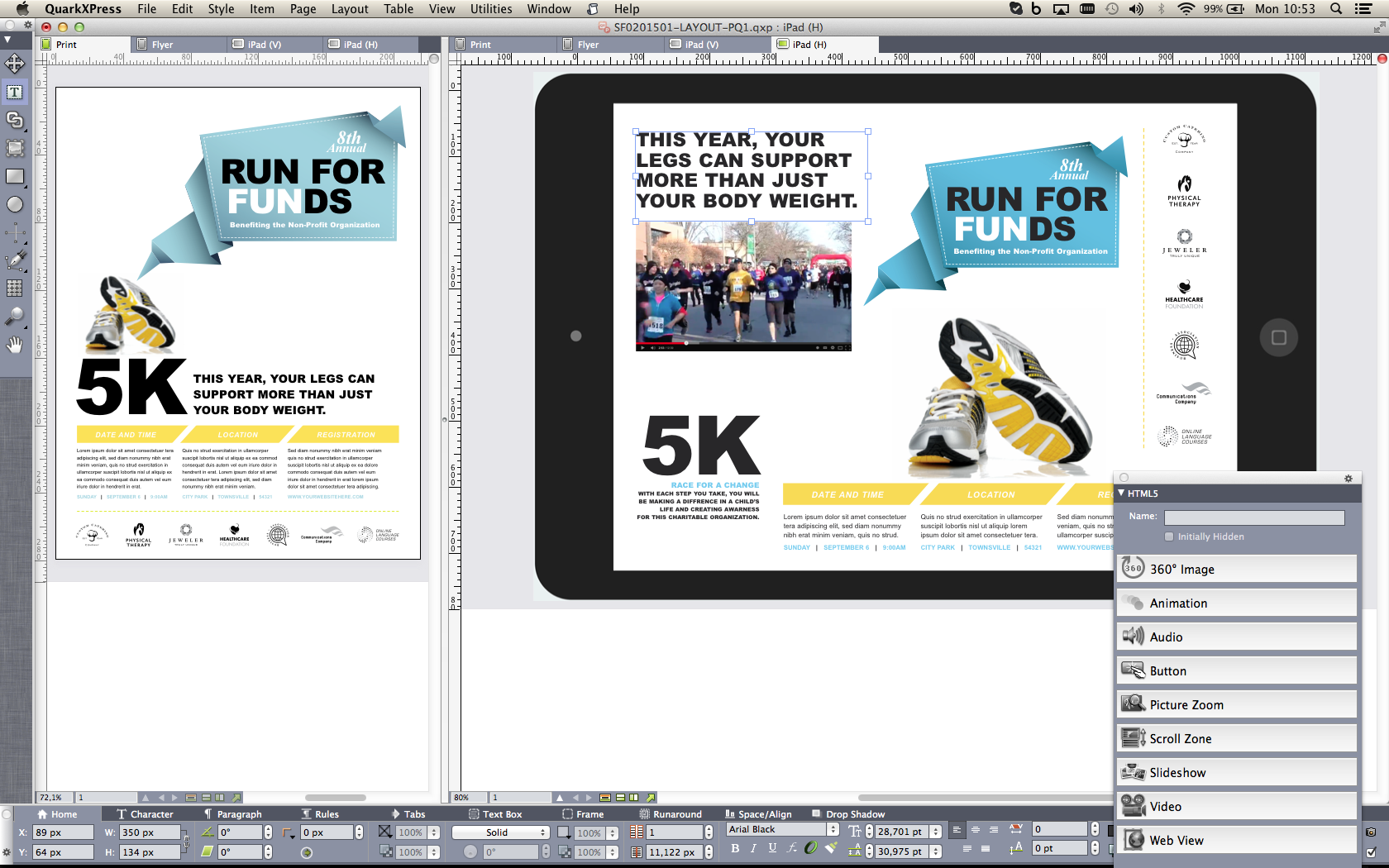

QuarkXPress 6.0 introduced the concept of "project files" that contain multiple layout spaces, enabling users to design projects around "multiple media publishing possibilities." Each design would ordinarily differ, but the text can be synchronized for both.īundled with XPress is avenue.quark software that allows users to export their content in XML format, "thereby maximizing the value of their editorial assets and facilitating re-use in multiple media." (This software was initially sold as a $199 XTension.) Users can convert print-based designs to Web-based designs or vice versa, within a single file. The latest version, 6.0, has extensive tools for cross-media publishing. Most of the Web publishing software functionality offered by Quark is now made available directly through QuarkXPress. Quark has long been committed to offering tools for electronic media, both directly through its flagship product, QuarkXPress, as well as through secondary products, such as QuarkImmedia (since discontinued). But first a look at these two competing vendors.

If we did, I think we would have seen the situation more clearly. We didn't have all the information then that we have now. But I think it's a little more nuanced than that. As I pointed out in my last column, in the mid- to late-1990s I was very much in favor of cross-media and advocated it not only to my clients, but also publicly via Seybold Seminars. I have, in the past, consulted to both companies, and the discussion often turned to the subject of cross-media publishing. Their approaches are very different.įirst a confession. In this column I want to look at how the two largest software vendors in our industry, Adobe Systems and Quark Inc., tackle the challenge of cross-media publishing. I concluded that "we were wrong to think that the twain should meet." It's difficult to create similar designs that work equally well both in print and on the Web, and it's equally difficult to write effectively for both media. We're slowly learning to appreciate what makes the Web unique as a communications medium. Trying to figure out why the cross-media dream had not been realized I noted that what works best on the Web is very different from what works in print. But, I noted, "the majority of what we find in print today does not appear on the Web and very little of what's on the Web ever makes it to print." It sure sounded great in the early '90s: a single publishing system, a unified publishing workflow, encompassing both print and electronic (mostly online) media. Last summer I wrote a column for Printing Impressions called "Whatever Happened to Cross-Media Publishing?" In it I explored the 10-year history of the concept of cross-media publishing (sometimes called "media-independent publishing"). Today on Printing Impressions newsletter.



 0 kommentar(er)
0 kommentar(er)
